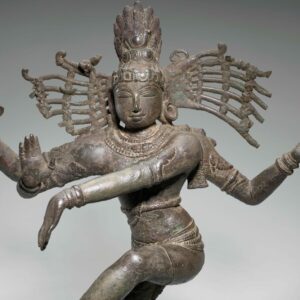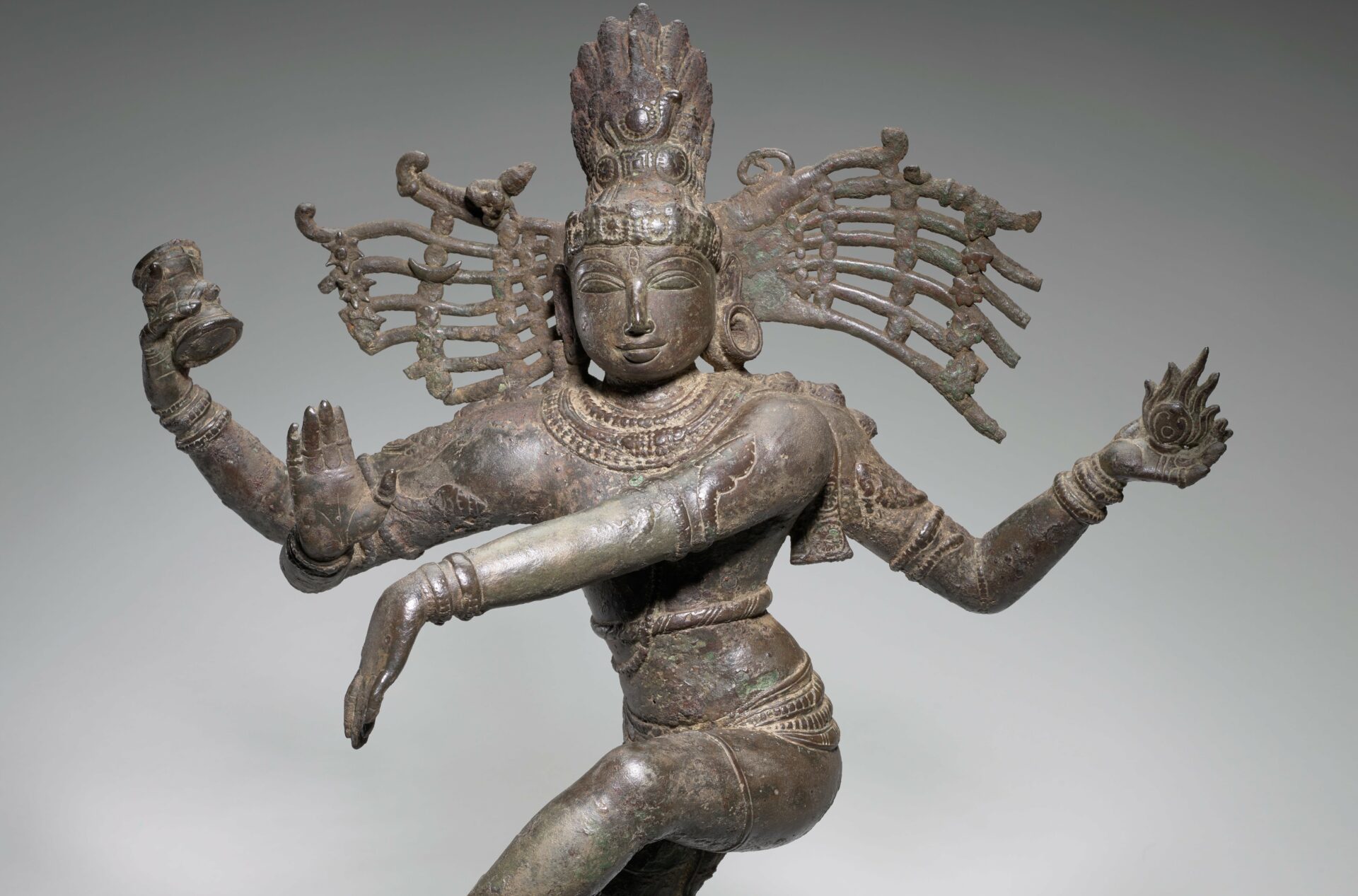
Once the Japanese occupation ended in southeast Asia, the major Western colonial powers found that they could not revert to the prewar status quo. The United States had granted the Philippines independence in 1946. In 1949 the Dutch had to recognize the independence of the Netherlands East Indies as the republic of Indonesia, with a population of 100 million people.
Britain gave Burma independence outside the Commonwealth (1948) and the Federation of Malaya independence within the Commonwealth (1957). The island of Singapore at the tip of Malaya, with a largely Chinese population, became fully independent in 1965, after a period of union with the former Malaya, now called Malaysia after the addition of certain Borneo territories in 1963.
Singapore, the fourth greatest port in the world, soon experienced its own economic miracle, attaining the second highest standard of living in Asia, remarkable productivity and stability, and high standards of health, education, and housing under its brilliant long-term prime minister, Lee Kwan Yew (1923— ), who held office from 1959 until 1990. In marked contrast, Burma, originally led by a vigorous advocate of democracy, U Nu (1908-1995), became increasingly isolated, economically bereft, and authoritarian following a military coup in 1962, after which Burma was renamed Myanmar.
The Dutch in Indonesia had not prepared the people for independence by education. Nevertheless, the Indonesians at first attempted to run their government as a parliamentary democracy. Almost everything went wrong; the economy was crippled by inflation, by shortages, by administrative corruption and the black market, and by the expulsion of experienced Dutch business leaders.
The Muslims, who made up the bulk of the population, proved unable to form stable political parties. The outlying islands of the archipelago, resentful of domination by the island of Java—which contained the capital, Jakarta (the former Batavia), and two-thirds of the population—rebelled against the central government. As the high expectations raised by the achievement of independence were disappointed, President Sukarno (1901-1970), the hero of the Indonesian struggle for independence, urged a “guided democracy” based upon indigenous rather than borrowed political institutions.
Sukarno suspended the ineffectual parliamentary regime in 1956 and 1960 and vested authority in himself and in the army and an appointive council. But “guided democracy” created still more turmoil. Inflation ran wild, necessities vanished from the market, pretentious new government buildings were left unfinished for lack of funds, and all foreign enterprises were confiscated.
In external policy, Sukarno initiated an alternating hot and cold war with the new federation of Malaysia for control of the island of Borneo, where both states had territory. He annexed former Dutch New Guinea (called West Irian by the Indonesians). When the United Nations supported Malaysia early in 1965, Sukarno withdrew Indonesia from membership; he also rejected United States offers of aid and moved closer to Communist China.
A coup planned by Indonesian communists misfired at the last moment in the autumn of 1965; 300,000 local communists were then slaughtered. Anticommunist forces came to power under military leaders, among whom General Suharto (1921– ) took the lead, becoming head of state in 1967, reaching a settlement with Malaysia and rejoining the United Nations.
Inflation was brought under control, a five-year plan was launched, and parliamentary elections were held in which Suharto was elected from 1973 through 1993. In 1976 Suharto took advantage of civil war in Portuguese Timor to annex that colonial remnant, and a continuing war marked by massacres festered on the island.
In the 1980s the military, together with a growing navy, remained the principal source of power in Indonesia, which, in part on the basis of its oil reserves, was again experiencing growth. This vast nation, stretching along the Indian and Pacific oceans on 13,000 islands, with 200 million people—exceeded only by China, India, and the United States—held the promise of stability or chaos for southeast Asia.
Equally critical to regional stability was the Philippines. A vast island nation, substantially Westernized— English was recognized as an official language, and there was a considerable overlay of both Spanish and American culture—the Philippines faced chronic economic and social problems, complicated by persistent urban and rural violence in part instigated by Communist-led Huk guerrillas and later by Muslim secessionists.
A liberal and reforming administration under President Ferdinand Marcos (1917-1989) grew increasingly authoritarian, first through martial law, then through a new constitution by which Marcos had himself proclaimed president, and through the grant of powers to Marcos’s wife Ismelda.
The assassination of a respected opposition leader in 1983 touched off widespread demonstrations. In the election of February 1986, Marcos was declared the victor over the widow of the assassinated leader, Corazon Aquino (1932– ); in the midst of allegations of fraud against the Marcos machine, Mrs. Aquino declared herself the lawful president.
Under pressure from the United States Marcos resigned and Mrs. Aquino abrogated the constitution, dismissed the National Assembly, and instituted rule by decree, until holding full elections in May of 1987. A failed military coup late in 1989 underscored President Aquino’s problems, however, as the economy remained weak and the army unpredictable. In 1992 she stepped down.

